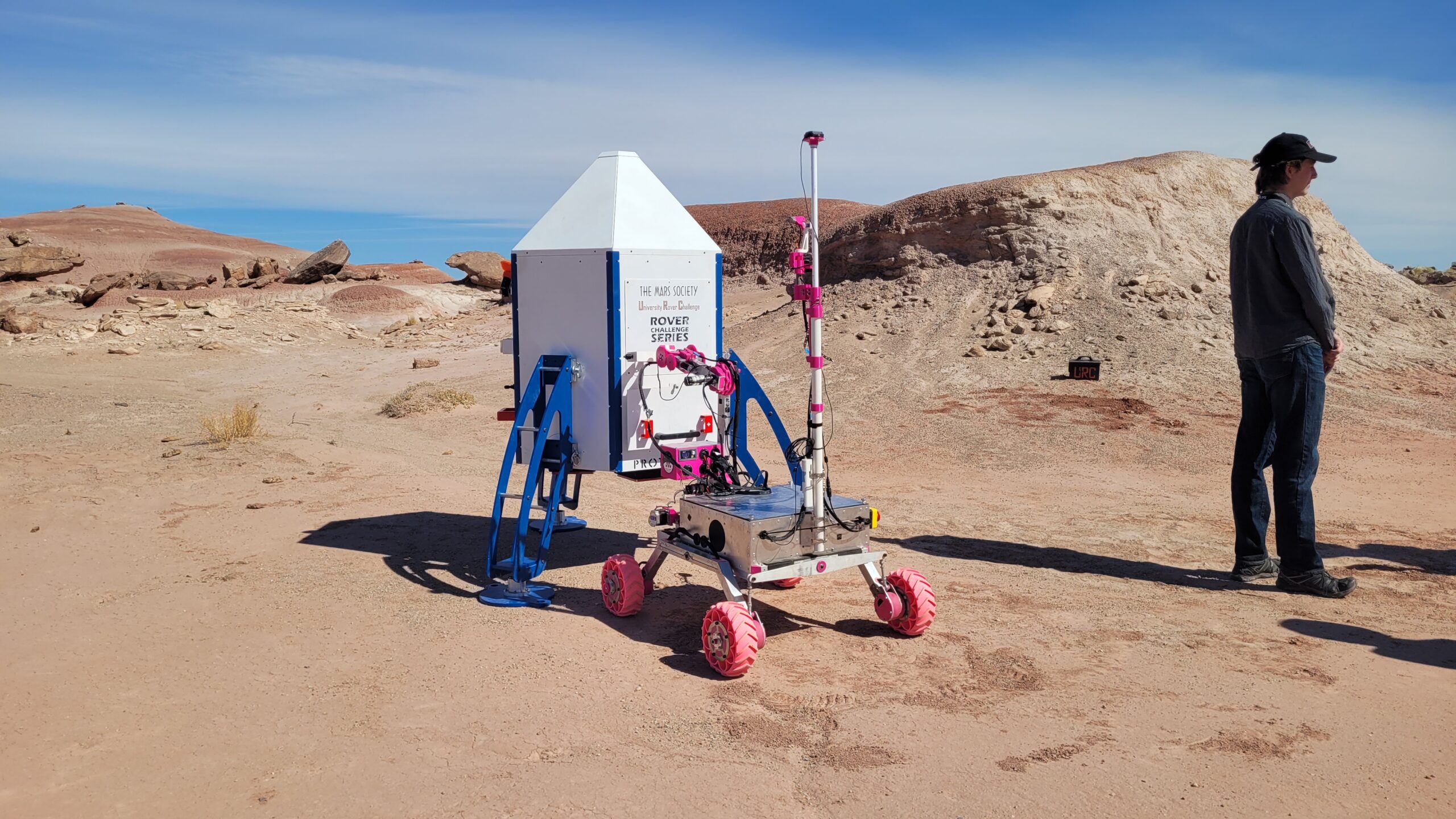Robotic Space Exploration

The Robotic Space Exploration (RoSE) lab advances methods for mobile autonomous robots in diverse space environments, from satellites in orbit to underwater vehicles in extraplanetary oceans to planetary rovers on lunar or Martian soft soil. Our algorithms enable robots to navigate and conduct scientific exploration in extreme, scientifically-rich settings. My work leverages dynamics and control theory integrated with machine learning models and planetary science domain knowledge to equip robots with the intelligence to interpret unpredictable and unknown terrain conditions in real time, ensuring safe and efficient traversal. Ultimately, we aim to create robotic explorers capable of replacing or complementing human missions, digitizing the roles of both scientists and explorers in high-risk environments.
Preferred Majors to Recruit
Mechanical Engineering
